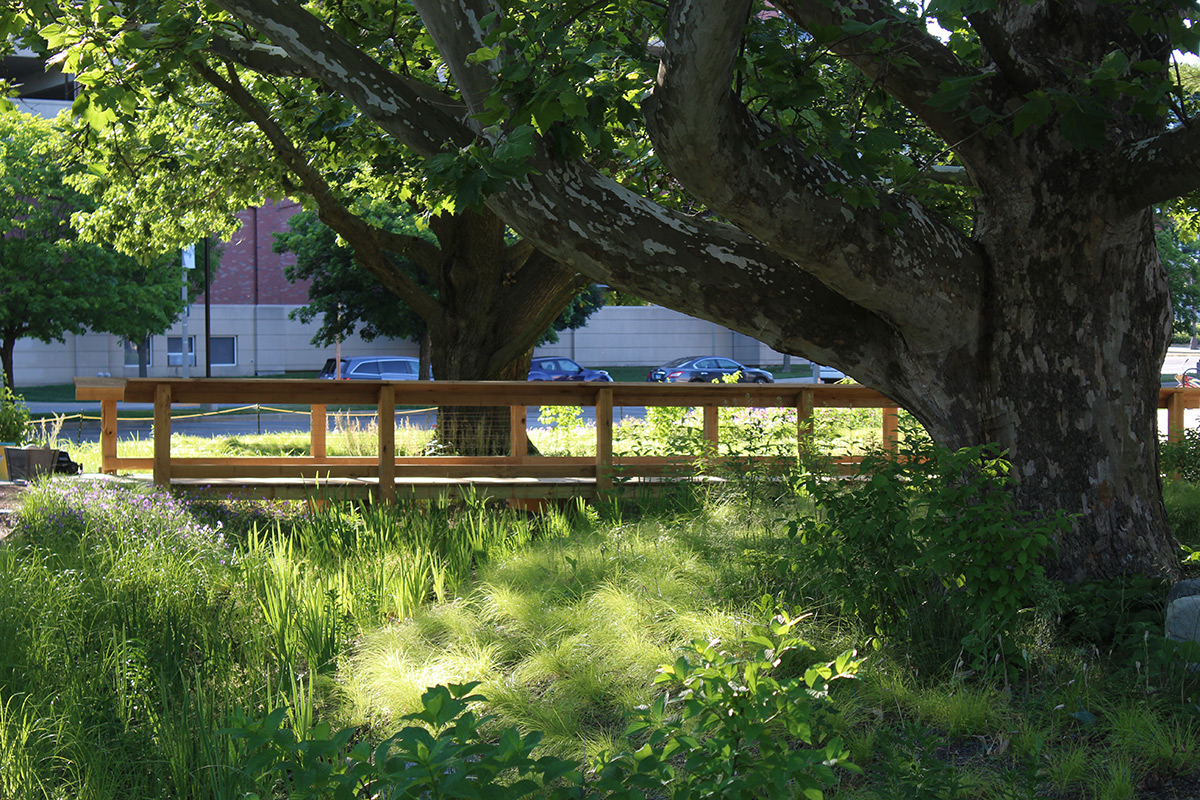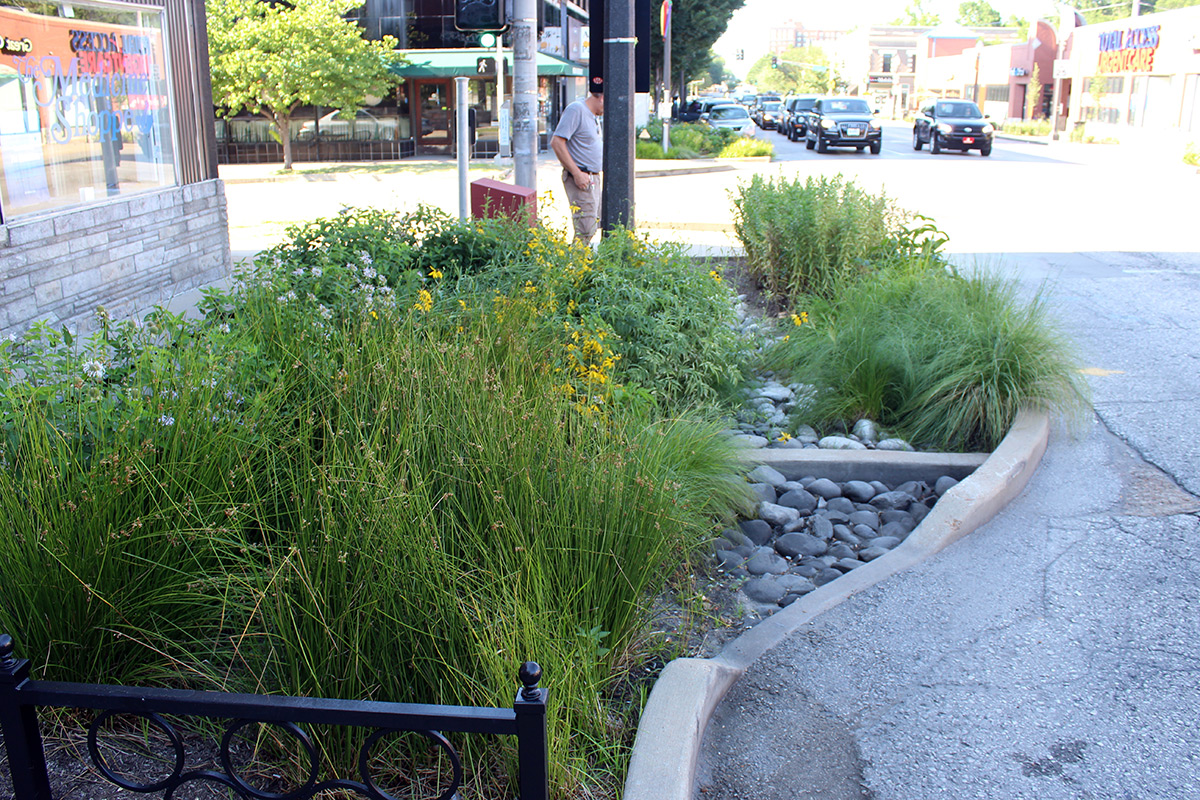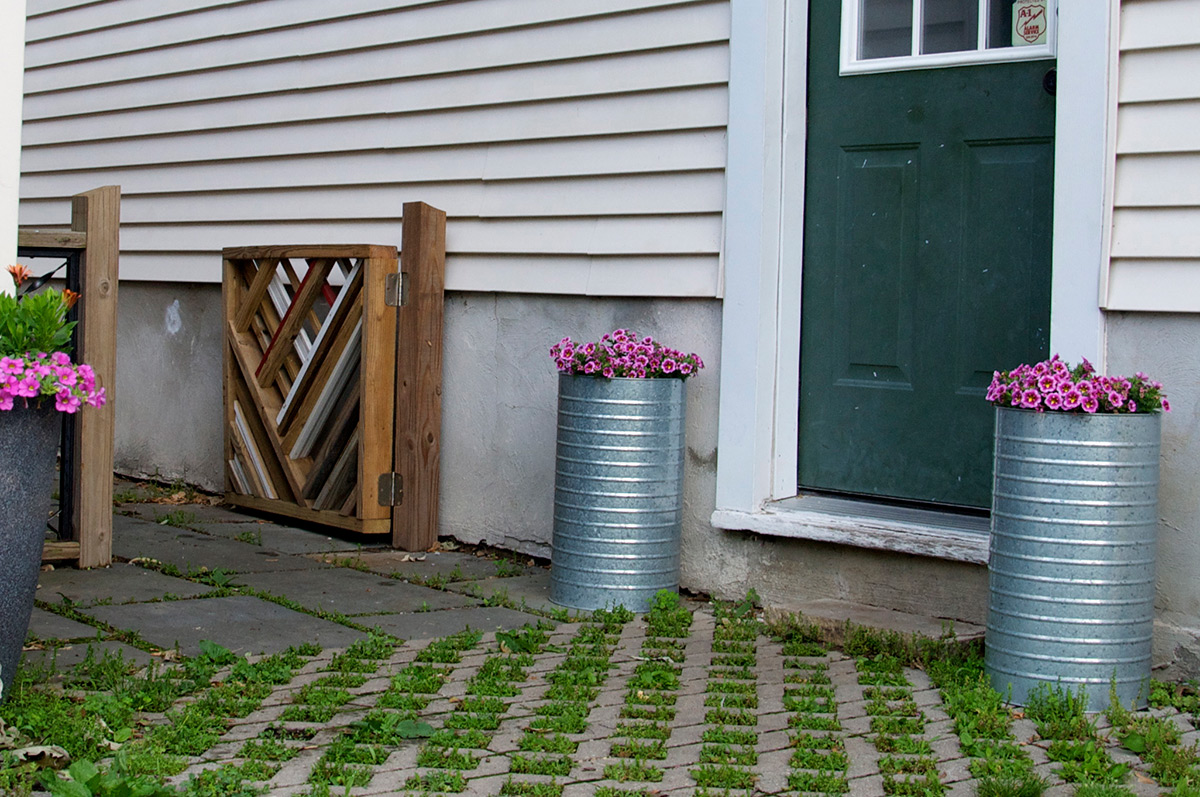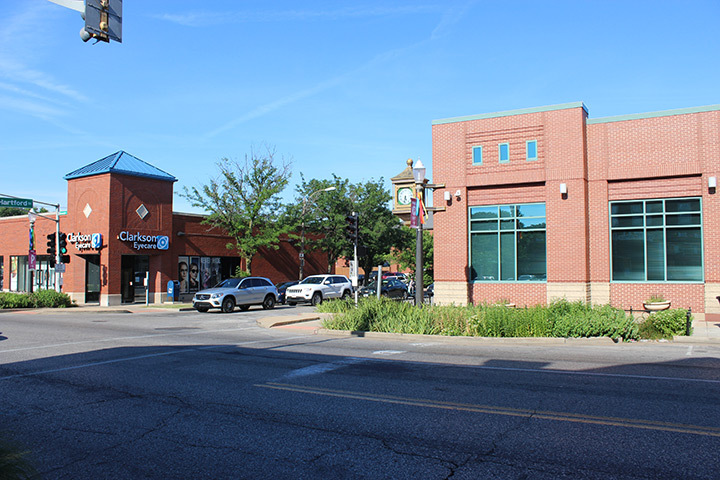What is GSI?
Green stormwater infrastructure uses design strategies, such as rain gardens and permeable pavement systems that slow, cool, and cleanse stormwater to alleviate urban and downstream flooding and to improve water quality.
This approach augments traditional gray infrastructure systems by capturing and infiltrating a portion of stormwater runoff onsite, thereby alleviating flooding and improving water quality, while also providing health, environmental, and economic benefits to communities.
Why is GSI important in Illinois?
During large rainstorms, many Illinois residents brace themselves for their basements, streets, and neighborhoods to flood. In recent decades, large rain events are more frequent, creating even more flooding. In fact, every single county in Illinois has experienced flooding severe enough to be a Declared Presidential Disaster.
In the past, engineers solved flooding by installing gray infrastructure—typically storm sewers that drain runoff to lakes and streams. This has not been without consequence, however, as it causes another problem—impaired water quality in tens of thousands of acres of Illinois lakes and hundreds of miles of its streams.
Impervious surfaces, like concrete and asphalt, create even more runoff volume. The combination of more runoff and stronger storms causes rainwater to overwhelm the storm sewer system. The resulting flooding often causes billions of dollars in damage.
What are the benefits of GSI?
Green stormwater infrastructure augments traditional gray infrastructure systems and also provides a range of co-benefits, such as enhanced property values, calmer traffic, and improved human and ecosystem health.



